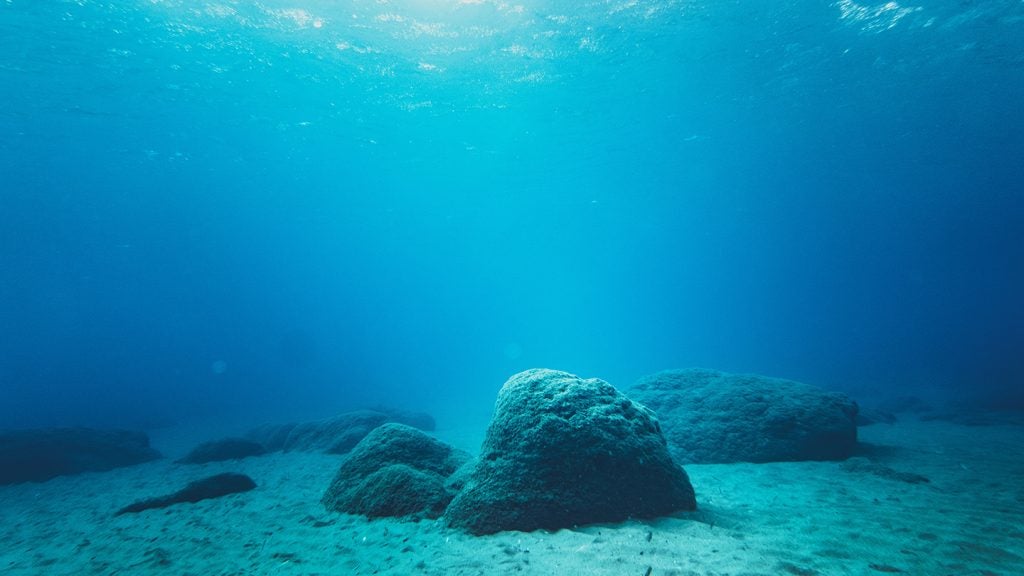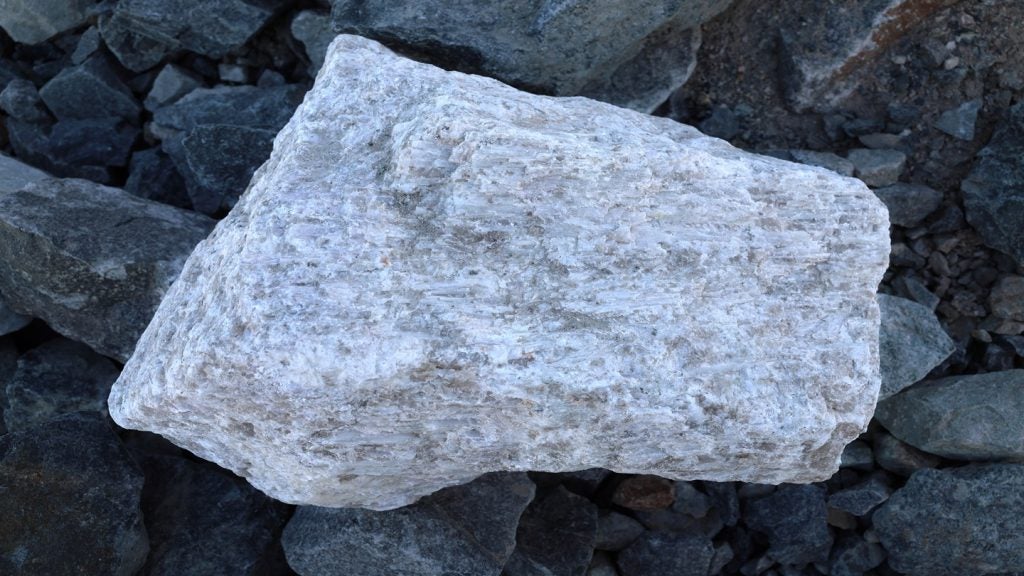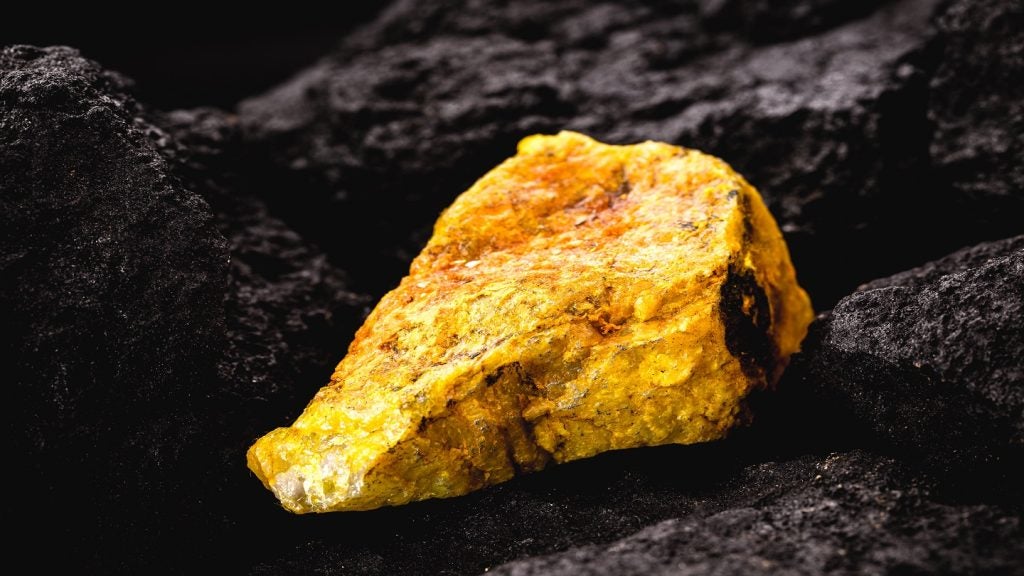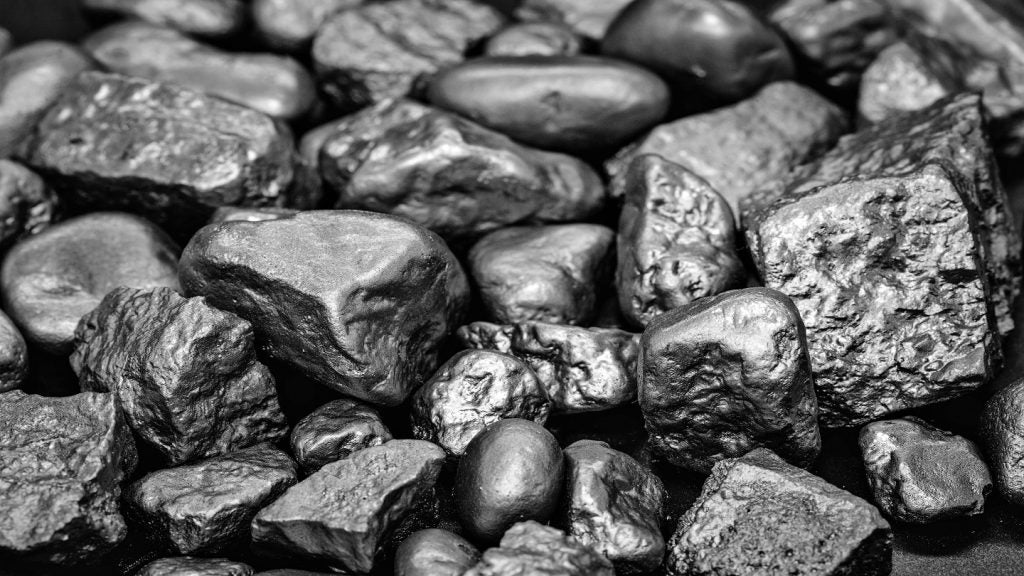Deep-sea mining activities in the seabed and ocean floor beyond national jurisdiction, including the collection of polymetallic nodules, are governed by the UN Convention of the Law of the Sea (UNCLOS) and the agreement relating to the implementation of part XI of UNCLOS. This regulatory framework is centred around the International Seabed Authority (ISA).
In the first part of the series, we looked at how a contractor – such as a corporation, entity or individual – can only apply for the right to exploit the minerals on the international seabed once it is sponsored by a state party to UNCLOS. However, the single most important contract for contractors will be the exploitation contract with the ISA, which effectively grants them access to the minerals and defines their rights and obligations for the exploitation of those minerals.
This second article looks at the dispute settlement mechanism included in the exploitation contract and its relationship with the other dispute mechanisms available to the contractor.
Defining the legal relationship between miners and the ISA
The exploitation contract establishes the direct legal relationship between the ISA and the contractor and sets out the crucial components of the exploitation framework. The exploitation contract sets out the contractor’s security of tenure and the contractor’s exclusive exploitation rights.
It also sets out the dispute settlement regime for any disputes arising out of the interpretation or application of the ISA’s exploitation regulations or for any disputes arising from the exploitation contract. Draft regulation 106 of the ISA’s exploitation regulations states that any disputes shall be settled following section 5 part XI of UNCLOS, which mainly refers to articles 186 and 187 of UNCLOS.
According to these UNCLOS articles, the key disputes that contractors can take to the Seabed Disputes Chamber (SDC), the specialist tribunal set up under UNCLOS, are:
- Contractual disputes between a contractor and the ISA or another party to the contract (such as a state party to UNCLOS). This would, for example, allow the contractor to enforce its rights under an exploration contract — such as for priority rights to exploit its contract areas or for non-discriminatory treatment.
- Disputes between prospective contractors and the ISA concerning the refusal of a contract or a legal issue in the negotiation of a contract. This would, for example, allow an applicant whose application for a plan of work (for exploitation activities) has been improperly rejected by the ISA’s organs to contest such a decision.
- Disputes between the contractor and the ISA where it is alleged that the ISA has incurred a liability for damage arising out of wrongful acts in the exercise of its powers and functions. This would, for example, allow the contractor to recover damages from the ISA for any technological or proprietary leaks of information by the ISA.
Dispute settlements across different regimes
It is clear from the dispute settlement provisions incorporated in the exploitation contract, that these mechanisms focus solely on the legal relationship between the ISA and the contractor.
While the relationship between the sponsoring state and contractor, as we explained in part one of this series, is crucial to the overall deep-sea mining framework, any disputes deriving from it are not to be addressed by the same regime. This may create complicated situations where events giving rise to disputes under both the sponsorship agreement and the exploitation contract may lead to parallel proceedings, and where evidence may need to be presented before two separate forums and lead to contradictory findings.
Let’s look at a potential example: the ISA amends its guidance on environmental protections for deep-sea mining activities. Contractor X reviews the new guidance and determines that it already complies with the relevant environmental protections. State Y, which is the sponsoring state of contractor X, introduces new national legislation purporting to implement the ISA’s guidance at the national level, but with much more stringent requirements. The new requirements under national law are so stringent that implementing these would destroy contractor X’s mining and business plan.
Contractor X can commence proceedings against the sponsoring state, depending on the terms of the sponsorship agreement. Contractor X would ideally bring proceedings before the SDC to benefit from the SDC’s interpretation of the guidance and compare it with state Y’s own interpretation and resulting legislation. However, as state Y is not a party to the exploitation contract, it cannot be added to any proceedings brought by contractor X under the exploitation contract.
This is only one potential scenario of the same events giving rise to disputes governed by the different dispute settlement mechanisms. The different regulatory regimes are interlinked and dependent on each other, yet the dispute resolution mechanisms are disparate and counter-effective. While jurisprudence and international practice develop to address this gap, contractors and state party representatives will need to master the different requirements under the different regimes to protect their rights and seek redress.














